An anthropological introduction to the island of Lesvos in historical and ethnographic perspective. Special issues in the ethnography of Lesvos. The transformation of Lesvos from a “peripheral” island of modern Greece to a “cosmopolitan” hotspot of Global South.
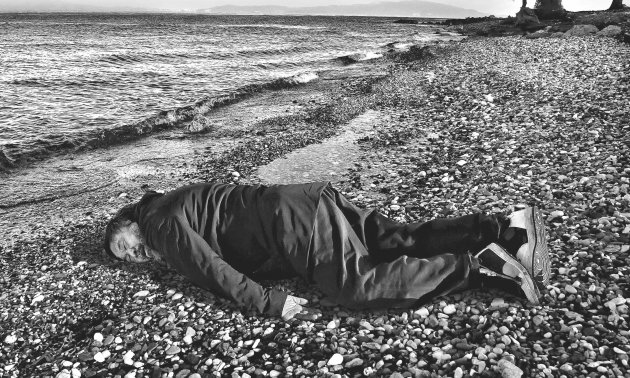

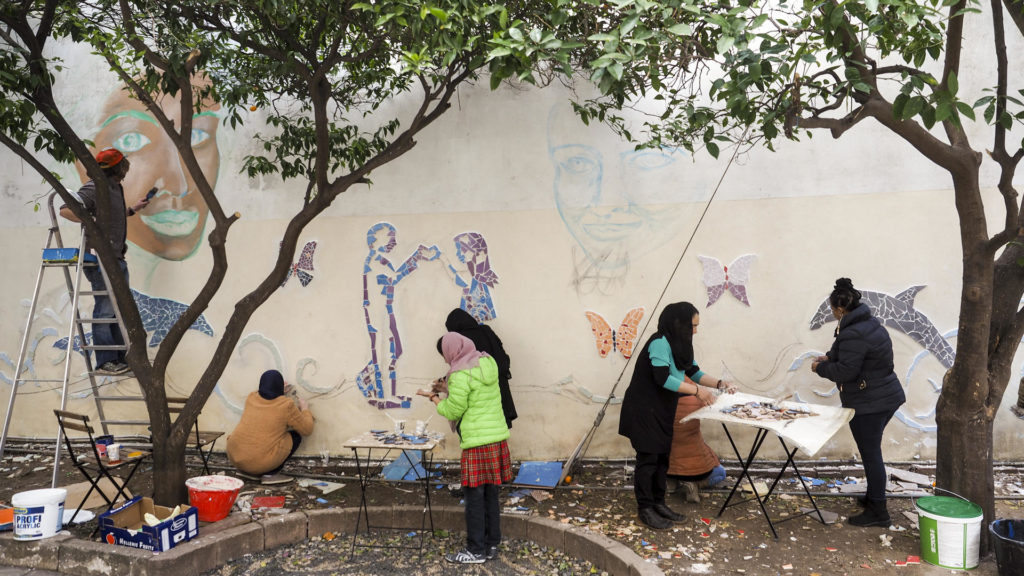
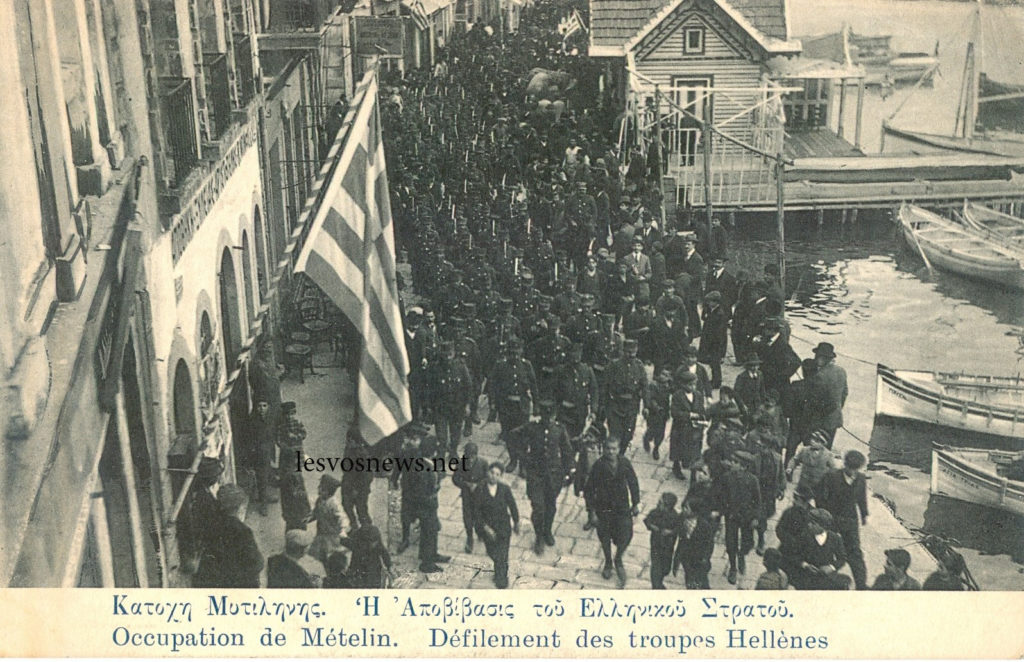

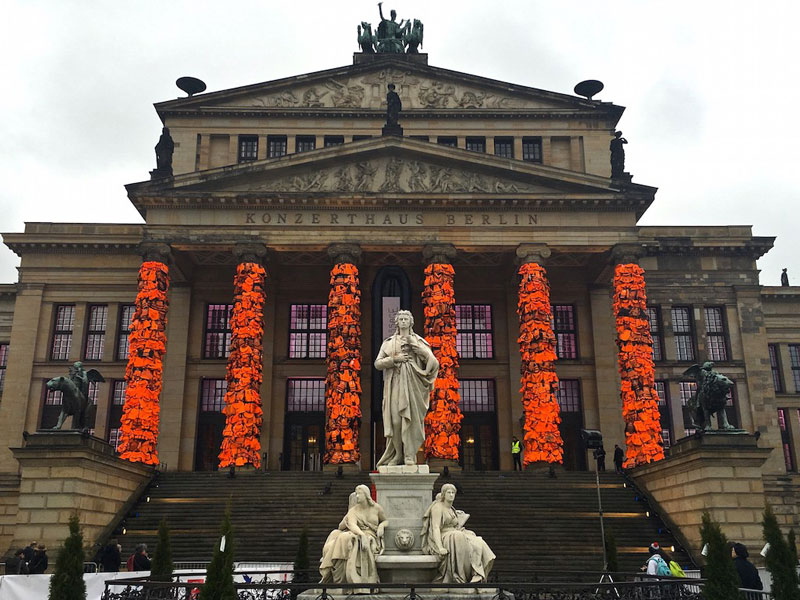
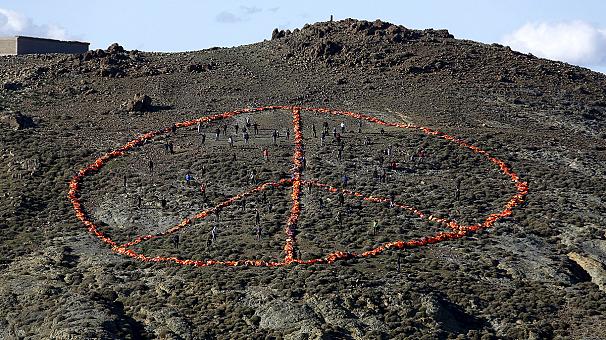
Do you recognize any of these images? What is their place- and time-specificity?
How do we get to know about things? How do we learn about the world around and beyond us? Before arriving to Lesvos, what are your ideas and expectations about the place? How do you think they were formed?
What are the public images of contemporary Lesvos in political, touristic, journalistic, activistic and other discourses? What is the role of the internet in the global mediation of site-specificity?
Do you have any favorite and/or unfavorite artworks on Lesvos and the recent refugee and migrant situation in southern Europe?
Read, surf, select and comment freely!
Suggested Reading
Kantsa, V. 2002. “‘Certain Places Have Different Energy’: Spatial Transformations in Eressos, Lesvos”. GLQ: A Journal of Lesbian and Gay Studies 8(1-2): 35-57.
Papataxiarchis, E. 2016. “Being ‘there’: At the Front Line of the ‘European Refugee Crisis’”. Anthropology Today, Part 1 32(2): 5-9, Part 2 32(3): 3-7.
Pdf file part 1 // Online version part 1
Pdf file part 2 // Online version part 2
Karathanasis, P. & Kapsali, K. 2018. “Displacement and the Creation of Emplaced Activism: Public Interventions on the Walls of a European Border City”. Entanglements: Experiments in Multimodal Ethnography 1(2): 52-61.
0 Comments